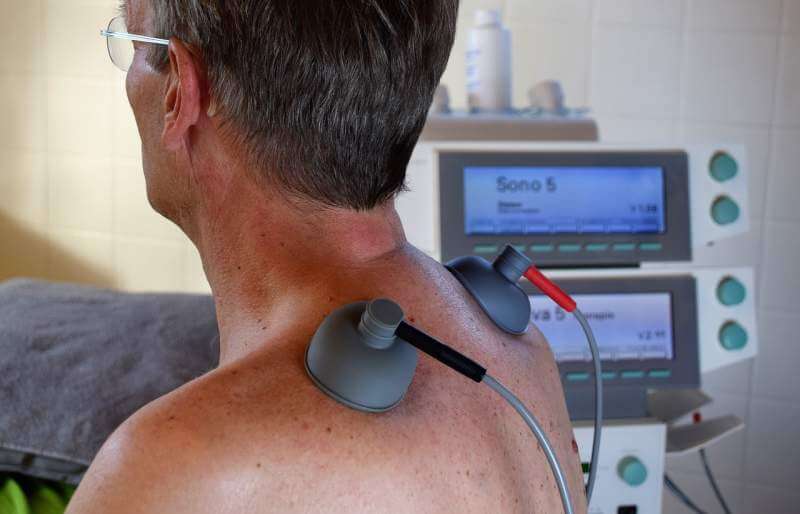Have you been suffering from neck aches for some time? If you answered yes, you are not alone. Neck pain affects 75% of the global population and is one of the top five illnesses in the United States. We don’t appreciate a pain-free neck until it’s gone, just like we don’t appreciate the carefree days of our childhood. Neck pain can be debilitating, affecting your social life, family time, hobbies, and even work productivity.
Neck pain can range from a subtle ache to a scorching, agonizing nerve pain that can spread down the shoulder and into the arm. There can also be significant differences in how the pain began and how long it lasts. It can address the majority of neck pain without surgery, such as at home self-care and with the help of a medical professional. Many physical therapy clinics provide neck pain relief.
Neck pain can be debilitating, interfering with daily activities such as sleeping, feeling productive, and spending time with friends and family. It has an impact on more than just your physical health.
The Types Of Neck Pain

Axial Or Mechanical Neck Pain

Axial pain, often known as mechanical pain, is the most prevalent type of neck discomfort. Axial pain is localized in one area of the neck and does not move or radiate. It usually feels dull, achy, or aching, but it can also sting or be intense. Certain motions or poor posture may exacerbate symptoms.
Chronic neck pain is commonly caused by muscular strains or ligament sprains in the neck. Various causes connected to spinal degeneration or trauma, such as cervical disc degeneration, facet joint dysfunction, or vertebral bone fracture, can also cause axial neck pain.
Referred Pain

Referred pain occurs when pain occurs in a region other than its source and is not caused by nerve root stimulation. It usually feels like a deep, aching, cramping, and throbbing pain. Although the distribution region is more diffuse or spreads out than radiating pain, the two types of pain can have similar sensations. Referred pain is usually felt on one side of the body, but it can affect both sides. This pain can be treated all around the globe and can get neck pain relief.
When a trigger point (a touchy or hypersensitive portion of a muscle) is compressed, pain feelings can travel to other parts of the body. However, the medical world is divided on how trigger points originate and whether or not their pain patterns are predictable.
Radicular Pain

When a nerve root in the cervical spine gets inflamed, pain can travel down into the shoulder, arm, and hand. The nerve is involved in radicular pain, and nerve pain can be painful or electric shock-like. Certain motions and postures can aggravate the pain. It usually affects only one side of the body, but it might affect both.
Radicular pain in the cervical spine is mainly caused by degeneration, such as when a nerve root is pinched by bony overgrowths known as osteophytes (bone spurs) or a herniated disc in the cervical spine. Radicular pain is frequently assumed to follow dermatomal patterns in its location (areas of the skin served by a single nerve cell).
Myelopathic Pain

Myelopathic pain occurs when the spinal cord in the neck is squeezed. While myelopathic pain can occur at the level of compression in the neck, causing neck pain, symptoms are commonly found further down the spine, in the legs and feet. This distinction between symptoms and causal region may increase the risk of misdiagnosis and mismanagement.
Treatment For Neck Pain Relief

Applying Ice or Heat

Applying ice to the affected area can help to reduce swelling and pain effectively. Using heat to the wounded area may help relax muscles and increase blood flow and healing nutrients. Applications of ice or heat therapy should be limited to 15 or 20 minutes, with a 2-hour gap in between to allow the skin to heal.
Physical Therapy Sessions

Physical therapy is frequently used to improve neck strength and flexibility as part of a treatment plan for persistent neck discomfort. A physical therapy program’s structure and length can vary depending on the disease and situation. Many weekly appointments with a qualified physical therapist may be recommended to begin. Exercises can be done at home over time if they are prescribed.
The Bottom Line!!!
Neck pain isn’t usually a cause for alarm, but if it’s accompanied by other, more severe symptoms such as radiating pain, weakness, or numbness in an arm or leg, see your doctor or physical therapist. Fever or weight loss, as well as neck ache and severe pain, are all crucial considerations.
Reference:
